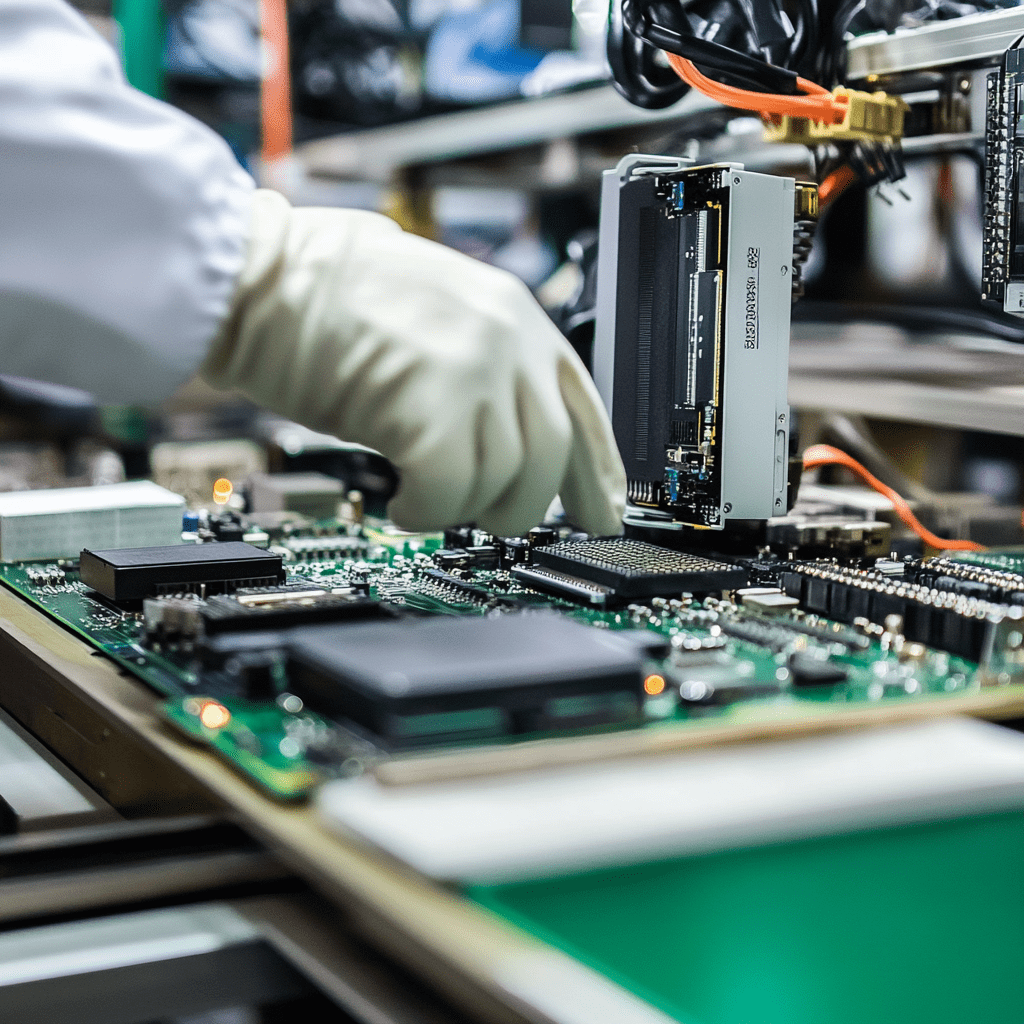
- What is a Digital Product Passport?
What is a Digital Product Passport?
The Digital Product Passport is a new initiative to support sustainable development and environmental protection in the context of climate change and technological progress. Studies show that up to 90% of biodiversity loss on our planet results from the extraction and processing of resources, and even 80% of a product's environmental impact is determined at the design phase. Currently, the circular material use rate in the European Union is only 11.8%, but it is planned to double to 23.2% by 2030. Therefore, particular attention is paid to minimizing the negative impact of products on the environment, extending their lifecycle, and improving recycling efficiency within a circular economy. The Digital Product Passport will enable consumers to make informed purchasing decisions and manufacturers to responsibly manage their products' lifecycle. This article will explain what the Digital Product Passport is, who it affects, when it will become mandatory, and what the benefits of its implementation are.
What is a Digital Product Passport?
A Digital Product Passport is an information carrier that covers the entire lifecycle of a product. It is a key component of the new Ecodesign for Sustainable Products Regulation (replacing the previous Directive 2009/125/EC), introduced by the European Parliament and the Council in 2022 to promote more conscious decisions among producers and consumers.
This passport will provide access to detailed information about the product at every stage of its lifecycle — from production through usage to disposal. This information will be available to various stakeholders, including consumers, manufacturers, distributors, importers, and public organizations, to ensure greater transparency, enabling informed choices and a better understanding of the product's environmental impact.
The lifecycle data will be organized, easy to understand, and widely accessible. Encoded information will allow tracking of the product's journey — from the materials used, through the manufacturing process, to its recycling or disposal. This way, the Digital Product Passport will serve as a comprehensive and transparent record of a product’s "life," supporting more sustainable consumption and production as envisioned by the European Union.
Detailed information in the Digital Product Passport will include:
- materials used in production,
- origin of components,
- product manufacturing location,
- product’s journey, including transportation methods used to deliver it to the market,
- product’s carbon footprint,
- recycling methods,
- product repair methods,
- durability and lifespan,
- energy efficiency ratings,
- compliance with environmental regulations,
- certifications held by the product.
How will the Digital Product Passport work?
The encoded data in the product will be accessible without the need to connect to the internet. Simply scanning a designated medium, such as a QR code or using NFC technology via a smartphone, will suffice. The responsibility for preparing and maintaining this information will rest with the manufacturers, ensuring data availability at every stage of the product lifecycle.

Benefits of the Digital Product Passport
For consumers:
- awareness of the product’s environmental impact,
- transparency and easy access to information,
- facilitated recycling and repair,
- ability to make more informed purchasing decisions,
- elimination of greenwashing.
For producers and companies:
- brand strengthening and increased competitiveness,
- supply chain optimization,
- ability to track component information.
For the environment and society:
- elimination of products non-compliant with environmental norms,
- availability of information on products’ carbon footprints,
- promotion of a circular economy.
Challenges associated with the Digital Product Passport
Increasingly complex and expanded supply chains and the growing number of intermediaries in the manufacturing and delivery processes make monitoring every stage of a product's lifecycle more challenging. Anyway, manufacturers will be in charge of gathering accurate and reliable information. Additionally, the Digital Product Passport will need to be regularly updated to reflect the current data about the product. This requires the implementation of appropriate information management systems, integration with existing IT systems, and close cooperation between suppliers and partners at each stage of the supply chain.
Where and when will the Digital Product Passport be required?
The new European Commission regulations stipulate that certain consumer goods will need to have a Digital Product Passport by 2026. The rules will initially apply to textiles, electronics, and batteries producers, and later to construction materials. This sequence is based on the fact that these products pose significant environmental risks but also have high recycling potential. These sectors are just the beginning of implementing the Digital Product Passport concept, which in the future may include other sectors.
Summary
The Digital Product Passport is an innovative tool that will enhance transparency in the lifecycle of goods. By providing access to key information, consumers can make more informed decisions, and producers can optimize supply chains. Although the implementation of this solution poses challenges, the benefits for the environment and the circular economy are substantial. The introduction of the passport will start with the textiles, electronics, and battery sectors but is expected to expand to other areas in the future.

Automate Production with AIUT
Implement process automation. Contact us and discover how AIUT can support your needs in automation, robotics, and intralogistics.



